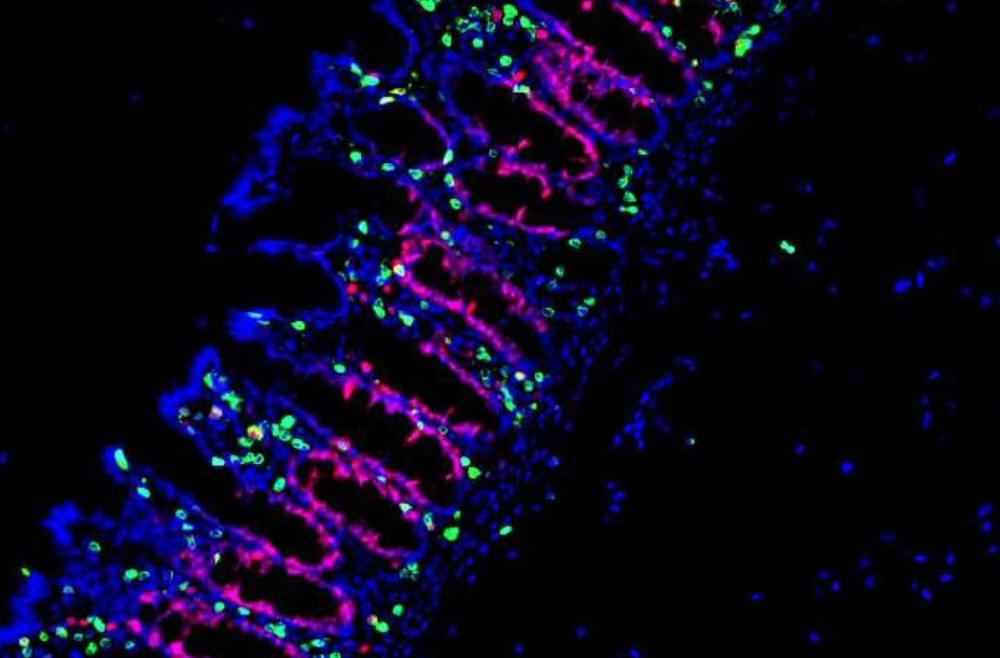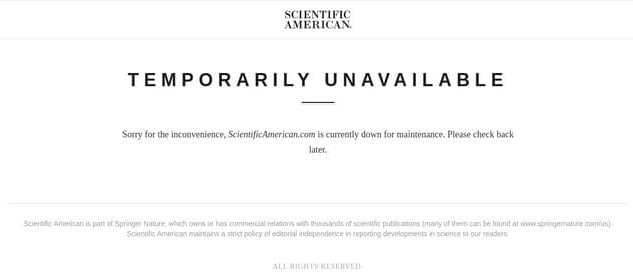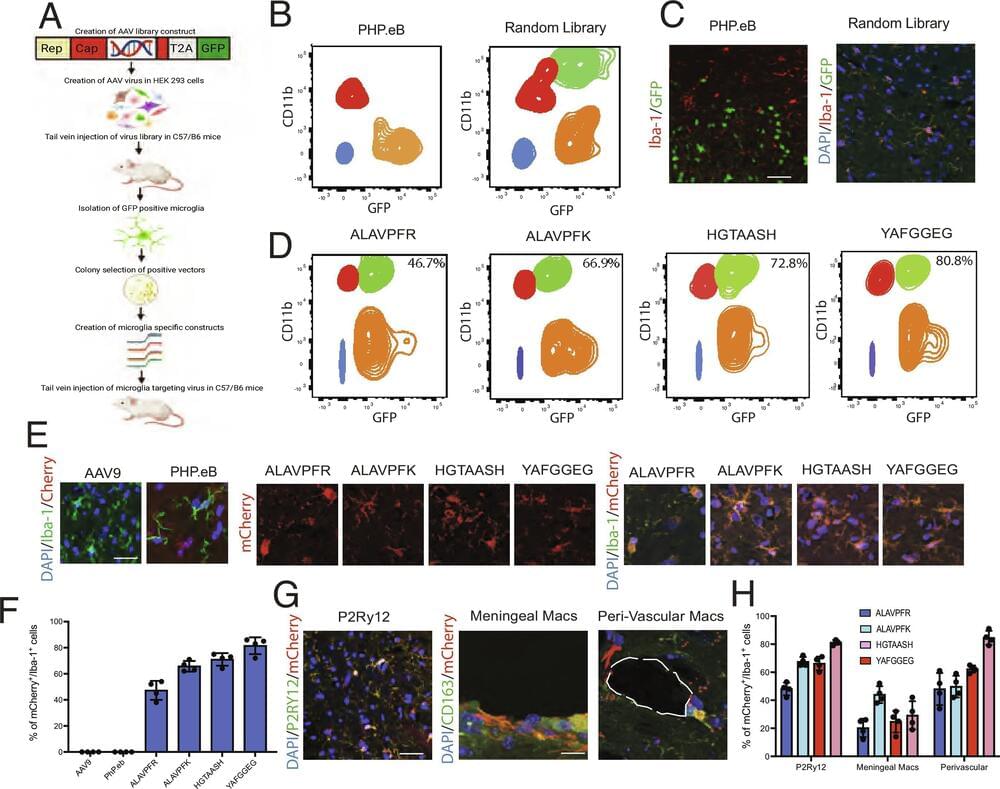Even when a bone marrow transplant cures leukemia or lymphoma, GVHD—in which T cells in the donor graft attack the recipient’s own tissues—can still be fatal. The condition is among the leading causes of death and long-term adverse health consequences associated with bone marrow transplants.
Senior co-corresponding authors Ivan Maillard, MD, PhD, a professor of Medicine and vice chief for research in Hematology-Oncology at the Perelman School of Medicine at the University of Pennsylvania, and Leslie S. Kean, MD, PhD, a professor of Pediatrics at Harvard Medical School and director of Pediatric Stem Cell Transplant at Dana-Farber/Boston Children’s Cancer and Blood Disorders Center, along with… More.
In new preclinical research, an experimental antibody treatment largely prevented a bone marrow transplant complication called graft versus host disease in the intestines, without causing broad immune suppression, paving the way for clinical trials.








